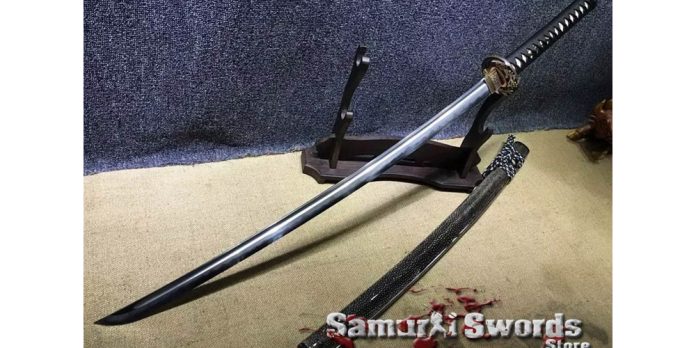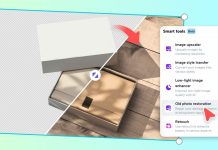Among all the iconic national symbols, there is nothing that represents the soul and heritage of the Japanese people than samurai swords.
It was said to engulf the soul of the warrior that held it. Swords gotten from an authentic handmade swords expert has flawless beauty and detailed exterior designs. It was passed down from a teacher to the pupil or from father to son as a form of ritualistic art.
For over a millennium, these swords have thrived. It’s only worthwhile that you learn how they are produced.
Are you excited?
Let’s look at a step-by-step procedure used in producing samurai swords
How are samurai swords produced?
a. Steel making
The initial steel is called tamahagane. The term ‘tama’ means round and precious, while the term ‘hagane’ means steel. It is manufactured by smelting iron sand and charcoal in a big clay furnace commonly known as the tatara.
When it has reached the desired temperature, the tatara handler now closely observes the furnace and feeds in charcoal and iron sand when needed. This step is so important that a team needs to be on standby for 72 hours.
b. Sorting
When the smelting process is completed, the handlers open the tatara to remove the tamahagane. They now separate the steel mass based on its carbon content. The high-carbon and low-carbon steels will be combined by experts to give the blade sharp edges and toughness.
When a sword is composed of just one type of steel, it will be too soft or dull.
c. Purification
The best tamahagane pieces are given to a swordsmith who hammers, heats, and folds the steel at least a dozen times. This is to remove any impurity and further combine the carbon and iron.
d. Forging
Once the purification process is complete, the high-carbon steel is heated and shaped into a long piece with U edge. The low-carbon steel is hammered into a long piece that fits comfortably with the high-carbon steel.
That way, the high-carbon steel forms the outer material and sharp edge while the low-carbon steel is the inner durable core.
e. Coating
Once the blade is assembled, it requires coating. A very thick combination of charcoal powder and clay is applied to the dull black edge and the upper sides of the blade. The primary edge is coated a little.
This process both protects the blade and allows the signature design known as Hamon to be shown during the final polishing. The blade is heated up at 815 degrees Celsius. Anything hotter will crack the blade.
f. Curving
The blade is removed from the heat and quenches by fire. The sword bends when there is a difference between the speed of contraction between the two sheets of steel.
g. Polishing
When the curving process is done, it is sent to the polisher that polishes the blade with natural stones. This process can take weeks.
h. Assembling
Metalworkers now assemble the blade with the guard. They fit it with a decorative wooden scabbard. The handle is then designed with gold, leather and/or stone.
i. Inspection of samurai swords
The sword is then taken to the swordsmith for approval.















